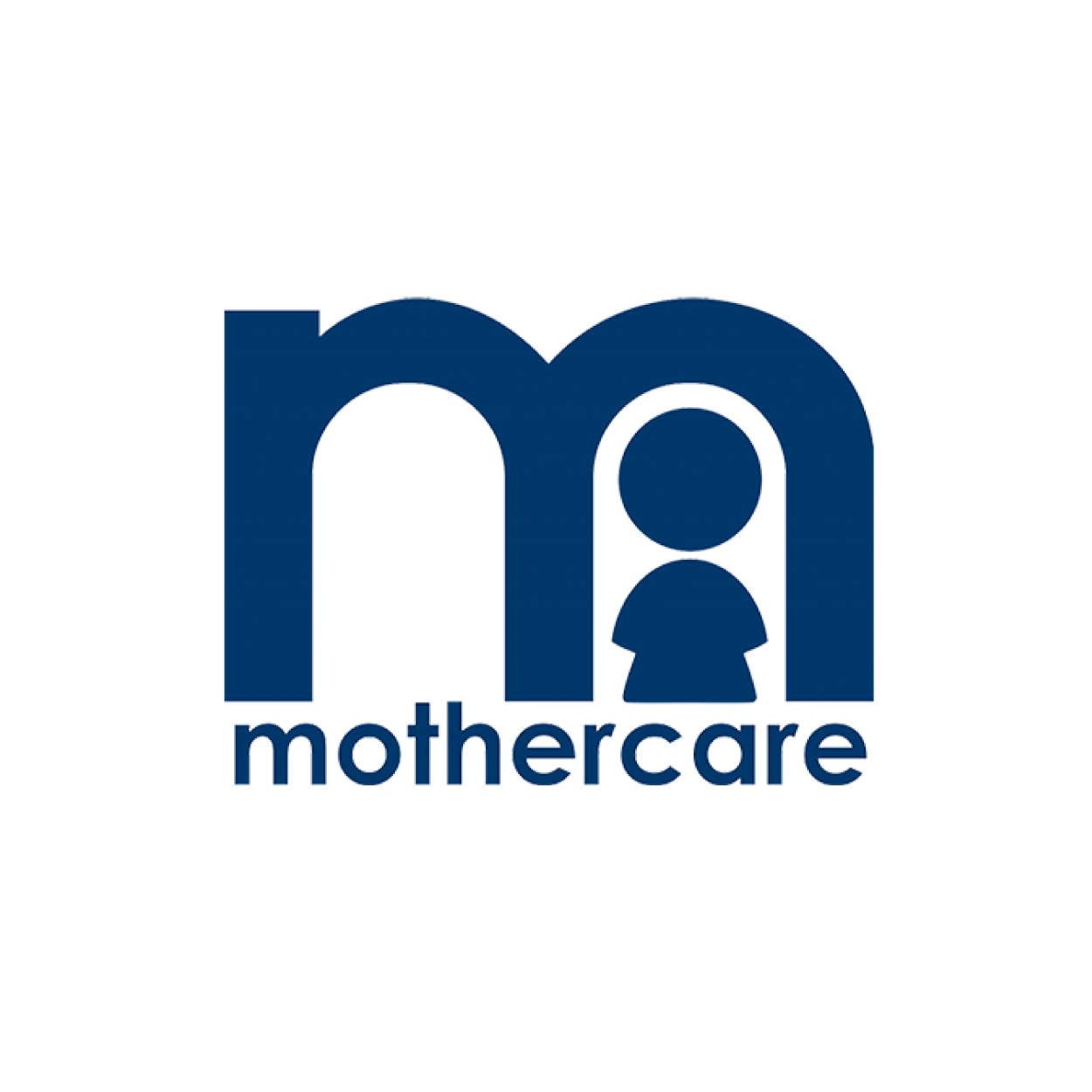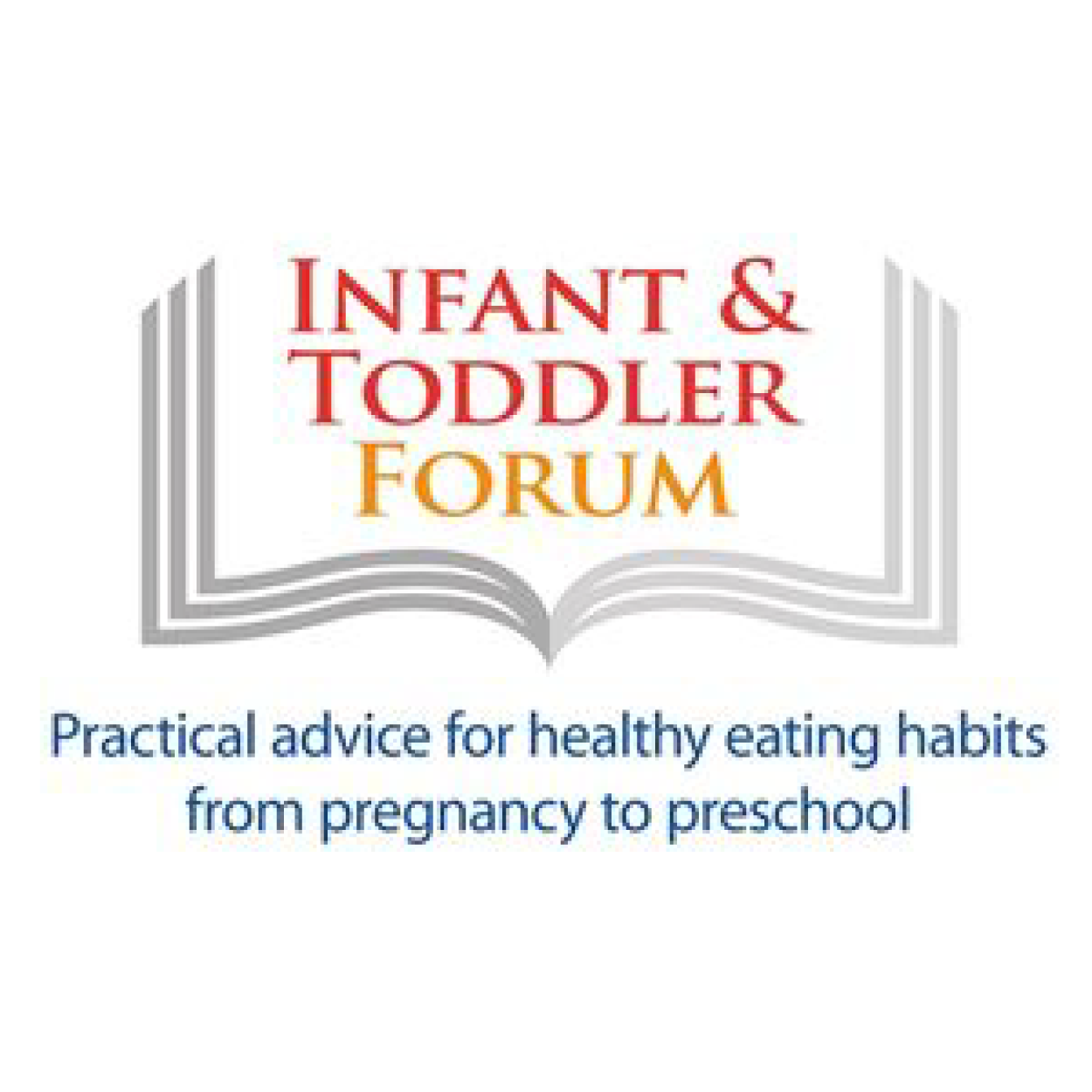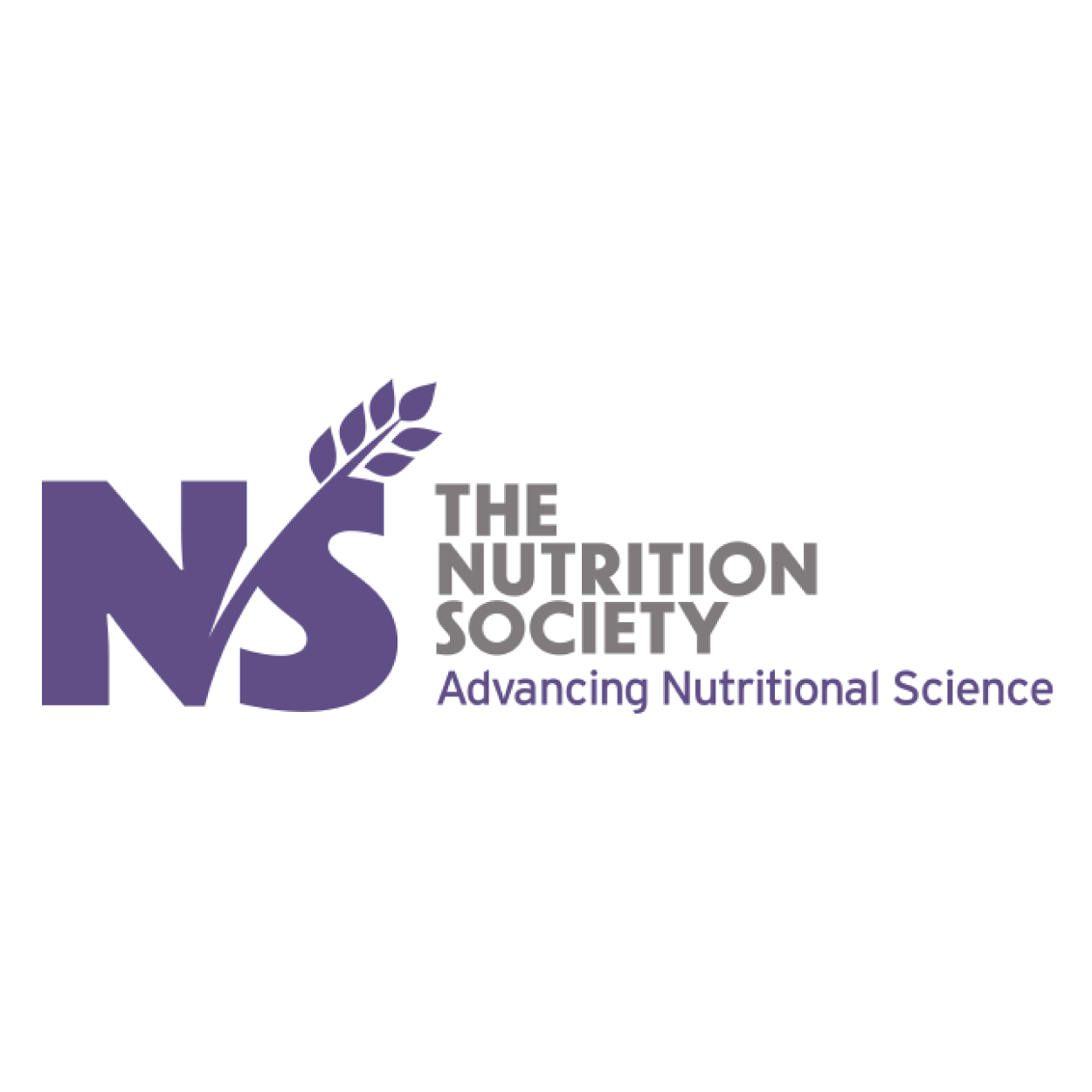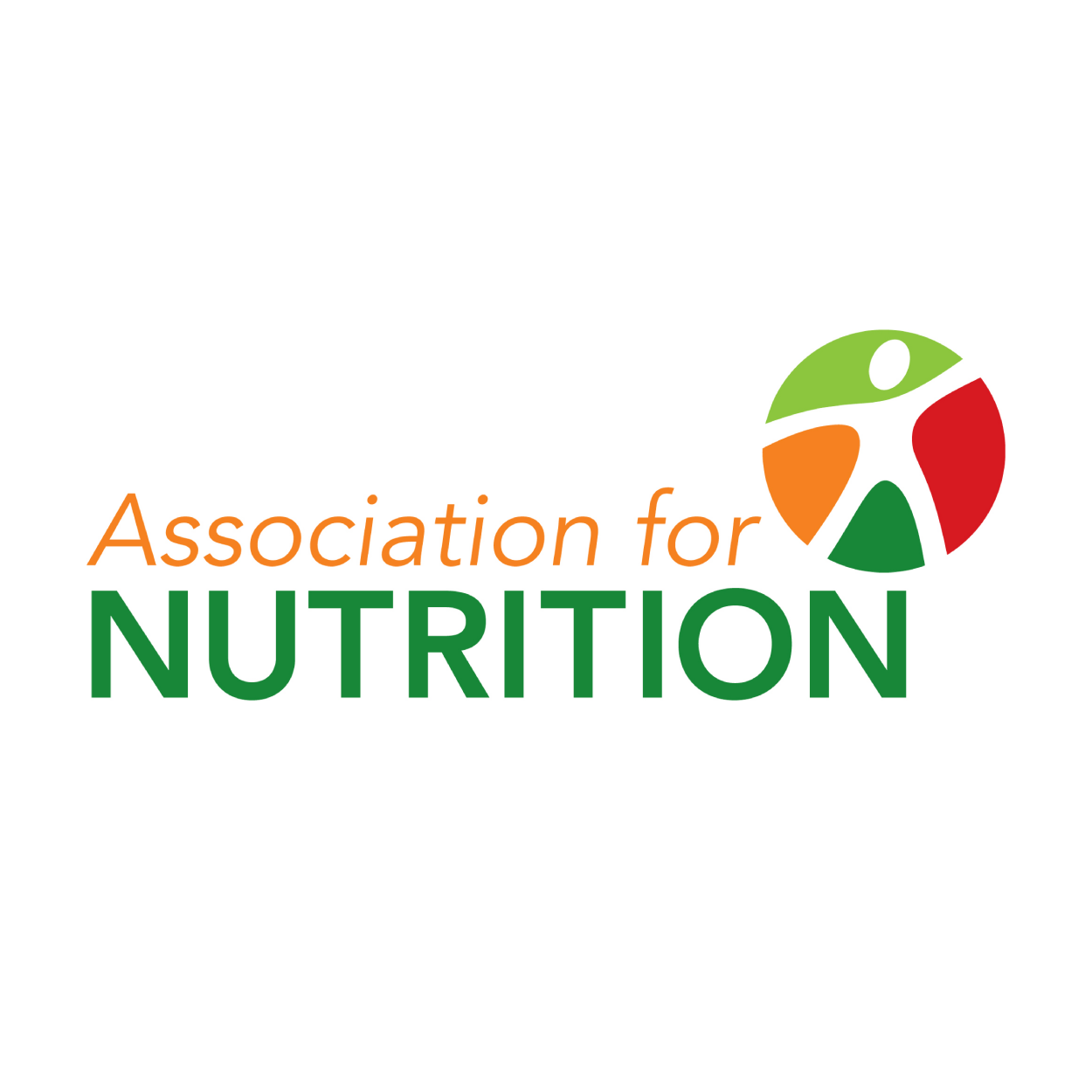Summary:
Exclusive breastfeeding with a vitamin D supplement from birth until beginning complementary feeding is the optimal way to feed young infants.
Infants should all be considered individually as they develop at different rates.
There is no harm or disadvantage to term infants when they begin complementary feeding anytime between 4 and 6 months
Potentially high allergen foods such as egg, nut butters, fish, milk used in foods and cooking, cheese, yogurt, wheat and other gluten containing cereals do not need to be delayed until a certain age. In fact offering these foods from the beginning of complementary feeding is likely to protect susceptible infants from developing a food allergy.
Whatever feeding decisions parents make (breastfeeding or formula feeding; early or later complementary feeding) they need to be supported and given appropriate advice to ensure that all infants are fed safely and are having a nutritionally adequate diet.
Most European countries recommend beginning complementary feeding for term infants anytime between 4 and 6 months of age.
Preterm infants need special consideration and advice can be taken from their medical team. 4 to 6 months after their Estimated Date of Delivery (EDD) is likely to be the best time to begin weaning.
1.0 When to begin Complementary feeding
The purpose of introducing solid foods alongside an infant’s milk feeds is to:
provide extra energy (calories) and nutrients when breast milk or infant formula no longer supplies them in sufficient amounts to sustain normal growth and optimal health and development
give infants the opportunity to learn to like new tastes and textures, based on family foods, at a time when they are receptive to trying new foods
1.1 Background
From 1994 the age range of 4-6 months was considered ideal to begin complementary feeding for term infants (Department of Health 1994). However this was largely mis-interpreted by many Health Care Professional (HCPs) to mean that infants should all begin weaning at 16 weeks of age.
The World Health Organization (WHO) recommended in 2001 that exclusive breastfeeding should continue until 6 months of age to protect infants in the developing world from morbidity and mortality that is associated with gastroenteritis. Gastroenteritis in developing countries is associated with the introduction of either formula milks or complementary foods where preparation areas are not sufficiently hygenic. Infants in these countries may die of gastroenteritis if treatment facilities are not close by and available. In contrast, the risk of mortality from gastroenteritis for infants in developed countries is minimal as food is prepared in hygenic areas and treatment can be rapidly accessed. Consequently, in 2003 the WHO Regional Office for Europe recommended beginning complementary feeding in European term infants between 4 and 6 months (WHO 2003). Most European countries follow this recommendation.
1.2 Key Recommendations on age to begin complementary feeding (weaning)
The 2001 World Health Organization (WHO)’s global strategy for infant and young child feeding revised its guidance and recommended exclusive breastfeeding for the first six months of life (WHO 2001). The WHO recommendation applies to populations and it is acknowledged in the document that exclusive breastfeeding to six months could lead to iron deficiency in susceptible infants, and growth faltering and other micronutrient deficiencies in some infants. The WHO Recommendations for Europe in 2003 highlight that in Europe it is safe to begin complementary feeding between 4 and 6 months as the risk of death from gastroenteritis is not a problem in Europe.
In 2018 The UK Scientific Advisory Committee on Nutrition (SACN) reviewed the evidence on Feeding in the First Year of Life and advised that ‘there is sufficient scientific evidence that exclusive breastfeeding for 6 months is nutritionally adequate’. However SACN recommended complementary feeding should begin around six months but not before 4 months (17 weeks).
The recommendations from the WHO and from SACN are population recommendations. Both organisations recommended that each infant must be managed individually so that insufficient growth and other adverse outcomes are not ignored and appropriate interventions are provided.
The European Society for Paediatric Gastroenterology, Hepatology and Nutrition reviewed the literature on complementary feeding for healthy term infants in 2017 (Fewtrell et al. 2017) and recommend that:
Exclusive breastfeeding for around 6 months is a desirable goal
Complementary feeding should begin by 6 months but not before 4 months
Breastfeeding continues throughout weaning particularly the early stages
High allergen foods such as milk, egg, nut butters and fish do not need to be delayed until after 6 months as there is no evidence that this will reduce the likelihood of allergies
Foods containing gluten* do not need to be delayed and can be introduced early in weaning. This will not affect the development of Coeliac Disease in infants.
*Foods containing gluten are wheat, rye and barley. These cereals are present in bread, wheat flour, some breakfast cereal and rusks. Oats contain a protein that is similar to gluten.
1.3 No evidence of harm in beginning Complementary feeding between 4 and 6 months
In developed countries there are no reported disadvantages to beginning weaning onto solid foods between 4 and 6 months compared with waiting until 6 months (Fewtrell et al. 2017).
A study of hospitalisation rates due to gastroenteritis or respiratory tract infection in the UK showed that these rates were higher in infants fed on infant formula compared to infants being breastfed but were unrelated to the age at which term infants, regardless of their milk feed, begin complementary feeding (Quigley et al 2009). Platt argues that there is no evidence of harm even within populations that begin weaning within a few days of birth (Platt 2009).
1.4 Developmental signs of readiness to feed
There is a five-week gestational age range of term babies (born between 37 and 42 weeks gestation) and babies grow and develop at different rates. This means some infants will be ready to begin complementary feeding at an earlier postnatal age than others rather than all infants being ready on one postnatal day (Platt 2009). Parents of large male infants usually begin complementary feeding earlier than parents with smaller female infants (Wright et al 2004). In practice the developmental signs that suggest that an infant is ready to accept solid foods are:
Putting toys and other objects in the mouth
Sucking their fists
Seeming unsatisfied with milk feeds and demanding milk feeds more frequently
Watching others with interest when they are eating
Many parents perceive that their baby is ready to begin complementary feeding earlier than 6 months (Wright et al. 2004, Fewtrell et al 2003, Foote & Marriott 2003). In the UK about 64% of babies begin complementary feeding between the ages of 4 and 6 months – 30% begin before 4 months and about 5% begin after 6 months (McAndrew et al. 2012: Infant Feeding Survey 2010).
Sleep patterns change around this time and infants are more likely to wake when in a light sleep mode. Waking during the night after beginning to sleep through the night hasn’t been considered an indication to begin solids, but the EAT (enquiring about tolerance) study found that parents who had been randomised to begin complementary feeding from 3-4 months reported that their infants slept for slightly longer and woke less frequently than the parents who had been randomised to begin complementary feeding at six months of age (Perkin et al. 2018).
2.0 Progressing through the FOOD stages
Complementary feeding is a learning process and infants will only learn to accept and enjoy new tastes and textures if they are given the opportunity to try them. Some infants are kept on smooth foods for too long and those in the ALSPAC study who are not offered lumps and finger foods by 9 months were more likely to be fussy eaters at an older age compared to those that were weaned appropriately (Coultard et al 2009, Northstone et al 2001).
The type and texture of foods to be introduced at each weaning stage*:
Stage 1
Age Guide: Begin by 6 months, but not before 4 months (17 weeks)
Skills to learn: taking food from a spoon, moving food from the front of the mouth to the back for swallowing, managing thicker purees and mashed food
New food textures to introduce: Smooth mashed or pureed foods and very soft finger foods
Stage 2
Age Guide: 6 – 9 months
Skills to learn: moving lumps around the mouth, chewing lumps, self-feeding using hands and fingers, sipping from a cup
New food textures to introduce: Mashed food with soft lumps, Soft finger foods, Liquids in a lidded beaker or cup
Stage 3
Age Guide: 9 -12 months
Skills to learn: chewing minced and chopped food, self-feeding attempts with a spoon
New food textures to introduce: Firm finger foods, Minced and chopped family foods
*Adapted from Clinical Paediatric Dietetics 5th ed Shaw 2020
Once infants are competent in eating solid food, a variety of foods from all 4 food groups should be included daily to provide the range of nutrients they need. Ideally these foods should be the nutritious family foods that infants will be expected to eat during their toddler years.
The 4 food groups are:
starchy foods – potatoes, rice, oats, pasta, bread, cereals and other foods made from flours
meat, fish, eggs, smooth nut butters and pulses such as lentils, dhal, hummus
fruits and vegetables
full fat yogurt and cheese. Full fat milk can also be used in cooking and food preparation.
3.0 infants at high risk of allergy
Infants with moderate to severe eczema are at high risk of allergy and early introduction of the high allergen foods (between 4 and 6 months) could prevent a food allergy. Introduce th high allergen foods one at a time so that any reaction can be attributed to the newly introduced food. Giving one high allergen food each day for three days will be adequate to decide whether it causes an allergic reaction. Once introduced the high allergen foods should be given regularly - about twice per week.
4.0 infants born prematurely
Each premature infant (born before 37 weeks gestation) should be considered individually and advice taken from the medical team monitoring them. Some time between 4 to 6 months after their EDD is likely to be the best time to begin complementary feeding (BLISS website). Infants born prematurely may need back and head support when they are fed to minimise the risk of choking.
As growth and nutritional status can be issues in this group, careful attention is needed to supply a diet of sufficient nutrient density and variety. These infants often need vitamin, mineral, and sometimes protein and energy supplements – particularly those that are breastfed.
In addition it is important not to miss the opportune times when the introduction of textures and flavours are more easily accepted.
5.0 Recommendations:
Breastfeeding is the best form of nutrition for healthy infants and can provide complete nutrition for around the first 6 months (26 weeks) of life for most infants.
Breastfeeding mothers need appropriate nutritional advice (including advice on vitamin D supplementation for their infant their own bone health) to ensure that their breast milk provides good nutrition for their babies (Mughal et al 1999, Shaw & Pal 2002, Savoie & Rioux 2002). Despite these measures, some infants may experience a faltering in their growth or show evidence of nutritional deficiencies when exclusively breastfed for 6 months (Butte et al 2002, Lanigan et al 2001). Therefore, individual circumstances need to be considered when professionals are giving advice on the introduction of solid foods.
Each infant should be managed individually and developmental signs of readiness for solid food in the infant and parental opinions should be taken into consideration when advising on the ideal age to begin complementary feeding.
Infants who begin complementary feeding at or near 6 months will need to be moved from smooth foods onto the second stage of weaning more quickly than those who began earlier to ensure continued development of normal feeding behaviour and continued nutritional adequacy. In particular mashed food with soft lumps and soft finger foods and foods high in iron including meat, oily fish, eggs, nut butters and pulses should be introduced from the beginning of weaning.
Preterm infants are a special case and advice should be sought from the dietitian and medical team who are caring for them. More information is available on weaning preterm infants from a booklet produced by BLISS ‘The premature baby charity’: www.BLISS.org.uk
Whatever feeding decisions parents make (breastfeeding or formula feeding; early or later complementary feeding) they need to be supported and given appropriate advice to ensure that all infants are fed safely and are having a nutritionally adequate diet.
References:
Bliss (www.bliss.org.uk/weaning-your-premature-baby). (Accessed June 2018)
Coulthard H, Harris G and Emmett P: Delayed introduction of lumpy foods to children during the complementary feeding period affects child’s food acceptance and feeding at 7 years of age
Maternal and Child Nutrition 2009; 5:75–85
Weaning and the Weaning Diet. Report on Health and Social Subjects
Department of Health, HMSO, London 1994; 45
Fewtrell M, Bronsky J, Campoy C, Domellöf M, Embleton N, Fidler Mis N, Hojsak I, Hulst JM, Indrio F, Lapillonne A, Molgaard C. Complementary Feeding: A Position Paper by the European Society for Paediatric Gastroenterology, Hepatology,and Nutrition (ESPGHAN)
Committee on Nutrition. JPediatr Gastroenterol Nutr. 2017 Jan;64(1):119-132
doi: 10.1097/MPG.0000000000001454.
Fewtrell M, Lucas A, Morgan JB. Factors associated with weaning in full term and preterm infants. Arch Dis Child Neonatal Ed 2003; 88:F296-F301
Foote KD, Marriott LD. Weaning of infants.
Arch Dis Child 2003; 88;488-92
McAndrew F, Thompson J, Fellows L, Large A, Speed M, Renfrew MJ. Infant Feeding Survey 2010. Health and Social Care Information Centre. 2012. Available from: https://digital.nhs.uk/catalogue/PUB08694 [Accessed February 2018]
Northstone K, Emmett P, Nethersole F and the ALSPAC study team: The effect of age of introduction to lumpy solids on foods eaten and reported feeding difficulties at 6 and 15 months.
J Hum Nutr Diet 2001;14:43-54
Platt MPW. Demand weaning: infants’ answers to professional dilemmas
Arch. Dis. Child 2009; 94:79-80
Perkin MR, Bahnson HT, Logan K, Marrs T, Radulovic S, Craven J, Flohr C, Lack G. Association of early introduction of solids with infant sleep: a secondary analysis of a randomized clinical trial. JAMA paediatrics 2018 (Opens in a new window), 172(8), e180739.
Quigley MA, Kelly YJ, Sacker A:Infant feeding, solid foods and hospitalisation in the first 8 months after birth.
Arch. Dis. Child 2009; 94:148-150
Feeding in the First Year of Life. London: The Stationery Office
Scientific Advisory Committee on Nutrition 2018
World Health Organization 54th World Health Assembly. Global strategy for infant and young child feeding. The optimal duration of exclusive breastfeeding. 2001 A54/INF.DOC./4
WHO Regional Office for Europe Feeding and Nutrition of Infants and Young Children WHO 2003 ISBN: 92 890 13540
http://www.who.int/nutrition/publications/infantfeeding/9289013540/en/
Wright CM, Parkinson KN and Drewett RF (2004) Why are babies weaned early? Data from a prospective population based cohort study Archives of Disease in Childhood 2004; 89: 813-816







